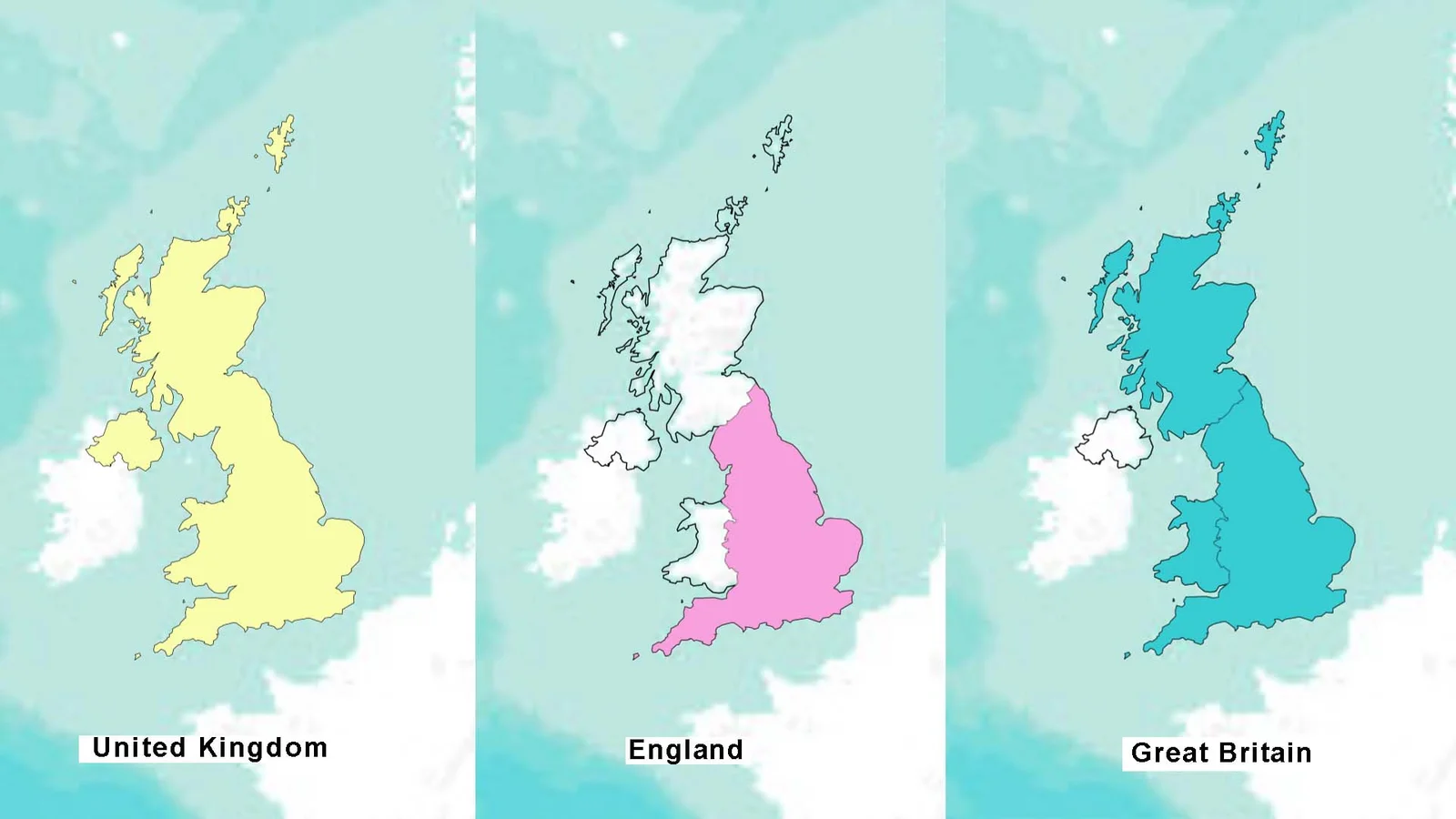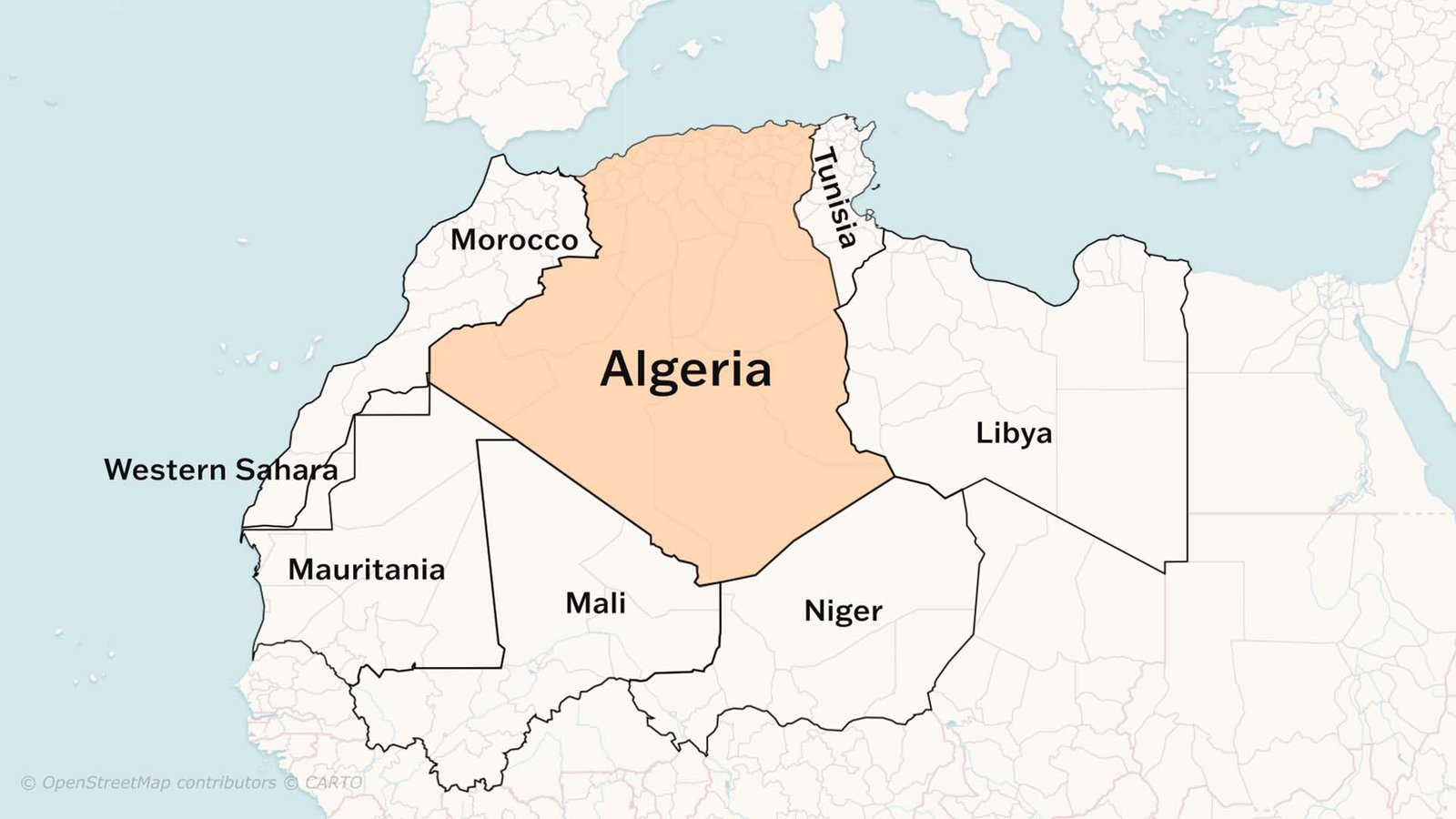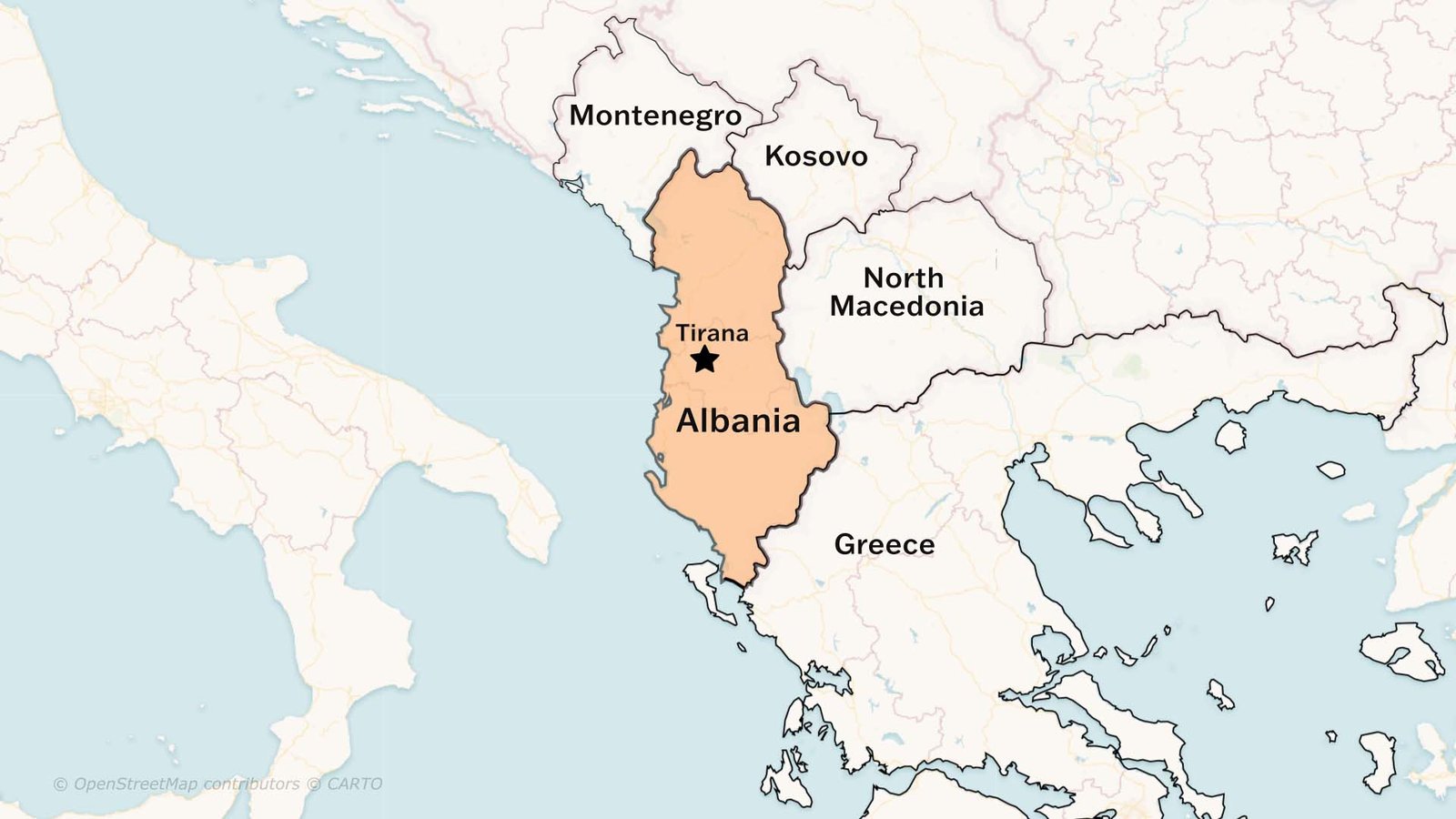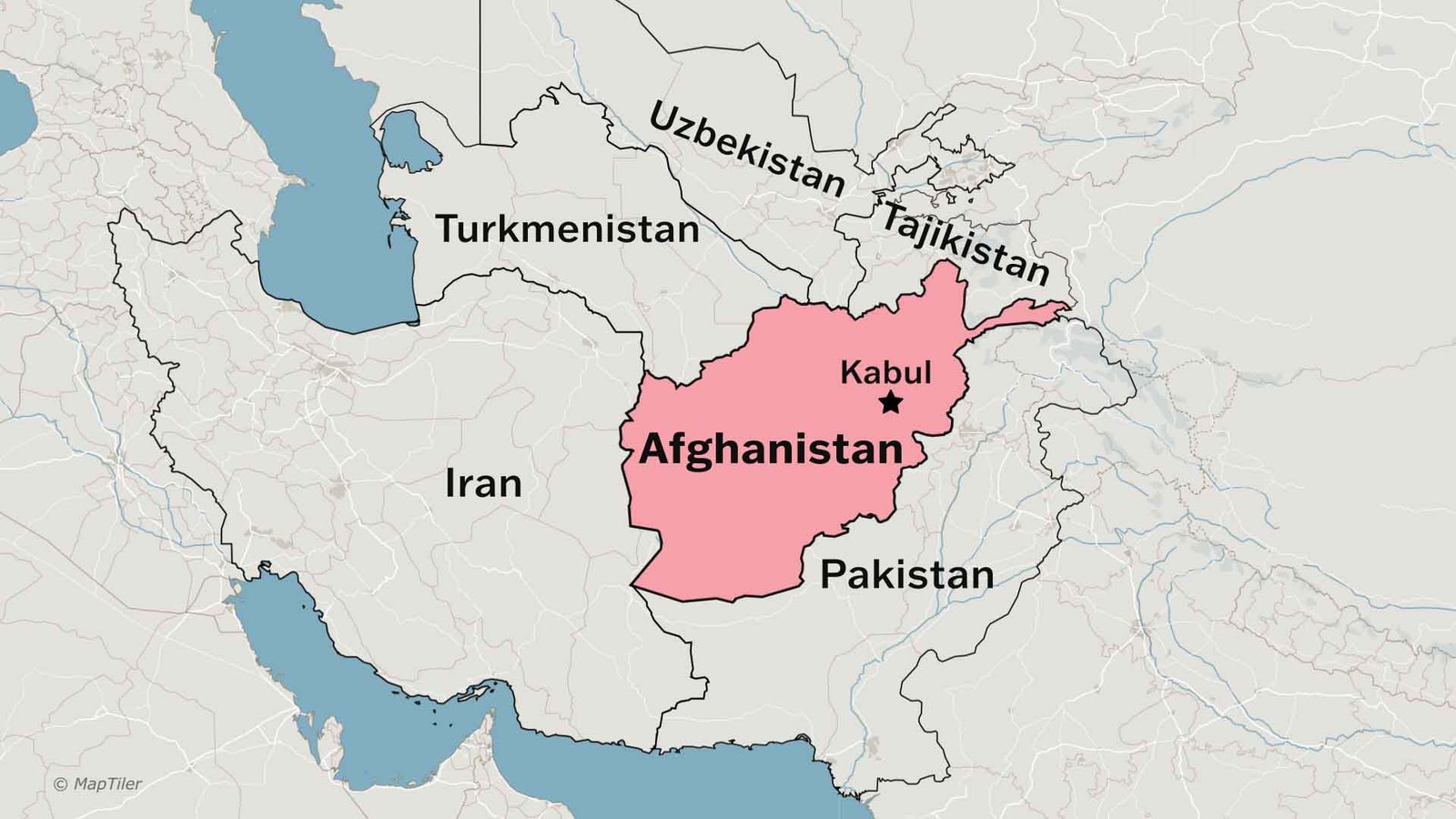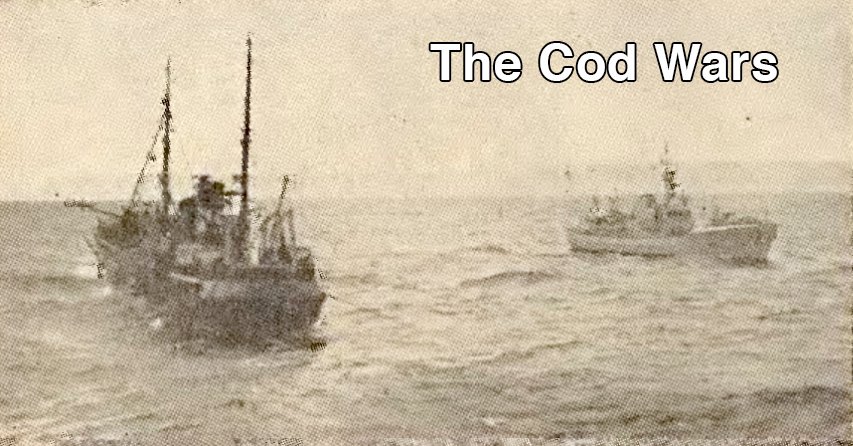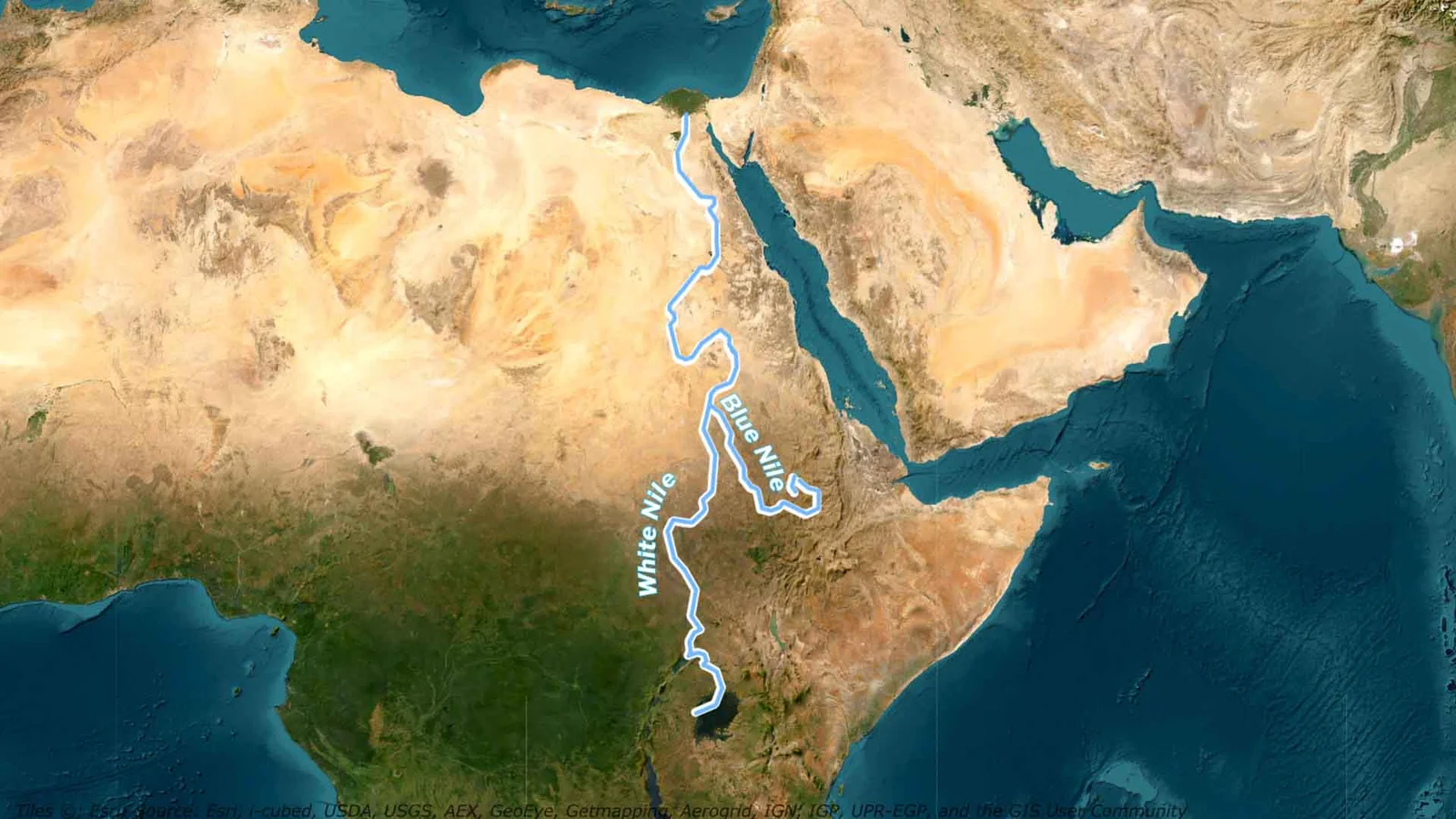Is UK and England the same?
A straightforward answer is no. But let me explain.
Most people get confused between the United Kingdom, England, and Great Britain. Are they all the same, or is there a difference between them?
Let’s find out.
The British Isles is a group of islands located off the northwestern coast of Europe, primarily consisting of Great Britain and Ireland.
It’s important to note that Great Britain and Ireland are geographical terms, not political ones.
Great Britain is the largest island in the British Isles, while Ireland is the second largest.
There are also several smaller islands, such as the Isle of Man, Guernsey, and Jersey.
Now here’s where it gets interesting.
Great Britain consists of three countries: England, Scotland, and Wales. Yes, these are indeed countries — each with its own flag — and they even have their own football teams that compete in FIFA and other international sports.
In contrast, the island of Ireland consists of two countries: the Republic of Ireland and Northern Ireland.
The southern part, officially known as the Republic of Ireland, is a completely separate country from the United Kingdom.
Now you might ask: What exactly is the United Kingdom?
The United Kingdom is a country of countries that includes England, Scotland, Wales, and Northern Ireland. It is a political entity rather than a geographical feature or term. And all these countries are co-equal and sovereign.
The people from these countries are referred to as English, Scottish, and Welsh, while those living in the Republic of Ireland are known simply as Irish.
People in Northern Ireland may identify as Irish, British, both, or Northern Irish — depending on whom you ask — as there is no single definition applying to everyone.
So what do we have till now?
England is a country, Great Britain is an island, and the United Kingdom is the political union that includes England, Scotland, Wales and Northern Ireland.
But that’s not all —
You see, the United Kingdom is a parliamentary democracy with a constitutional monarchy. This means that while the government is run by elected officials, the head of state is the monarch. Currently, King Charles III holds this position.
But why are we talking about this? There are some territories which are not technically part of the United Kingdom but are still connected through shared history and symbolic ties with the monarchy.
Historically, the British Empire was one of the most powerful empires in the world. At its peak, it controlled around 24% of the world’s land area. Though the empire has long since dissolved, it left behind a complex web of relationships that still exist today.
Each modern entity tied to Britain has evolved differently from the former empire but still maintains a unique relationship with the British monarchy and can be classified into – crown dependencies, commonwealth realms and British overseas territories.
Crown Dependencies
The Crown Dependencies (such as the Isle of Man, Jersey, and Guernsey) are self-governing territories under the Crown, not part of the UK. They have their own governments, laws, and tax systems, but the UK handles their defence and foreign affairs. They’re tied to the Crown, and not to the UK Parliament.
Commonwealth Realms
The Commonwealth Realms are 15 fully independent countries — including Canada, Australia, Papua New Guinea, New Zealand, Jamaica, the Solomon Islands, Belize, the Bahamas, Barbados, Saint Lucia, Saint Vincent and the Grenadines, Grenada, Antigua and Barbuda, Saint Kitts and Nevis, and Tuvalu — that recognize the British monarch (currently King Charles III) as their ceremonial head of state.
Each of these nations has its own government and full sovereignty, but they share the monarch as a symbolic figurehead.
They are also part of the Commonwealth of Nations, a voluntary association of 56 countries with historical ties to the British Empire.
The British Overseas Territories
Formerly known as Crown Colonies. They are not sovereign but fall under UK sovereignty, but are not part of the UK itself. They have varying degrees of governance with the UK. Unlike Crown Dependencies, they are more directly tied to UK governance, and unlike Commonwealth Realms, they have not gained independence, relying on the UK for military and sometimes economic support. They represent the last remnants of the British Empire.
Listed by population (highest to lowest) they include Bermuda, Cayman Islands, Turks and Caicos Islands, Gibraltar, British Virgin Islands, Akrotiri and Dhekelia, Anguilla, Saint Helena, Ascension Island, Tristan da Cunha, Montserrat, British Indian Ocean Territory, South Georgia and South Sandwich Islands, Falkland Islands, British Antarctic Territory, Pitcairn Islands.
Citizens of the Crown Dependencies and Overseas Territories are usually British citizens, while those in Commonwealth Realms benefit from Commonwealth privileges, such as ease of travel and cooperation in various areas.
Importantly, none of these entities are part of the United Kingdom itself, but they all remain connected through shared history, symbolic ties to the monarchy, and in some cases, constitutional arrangements.
Watch Difference between the UK, Great Britain and England on Youtube
Read Iran Map Area, Location, Bordering countries

